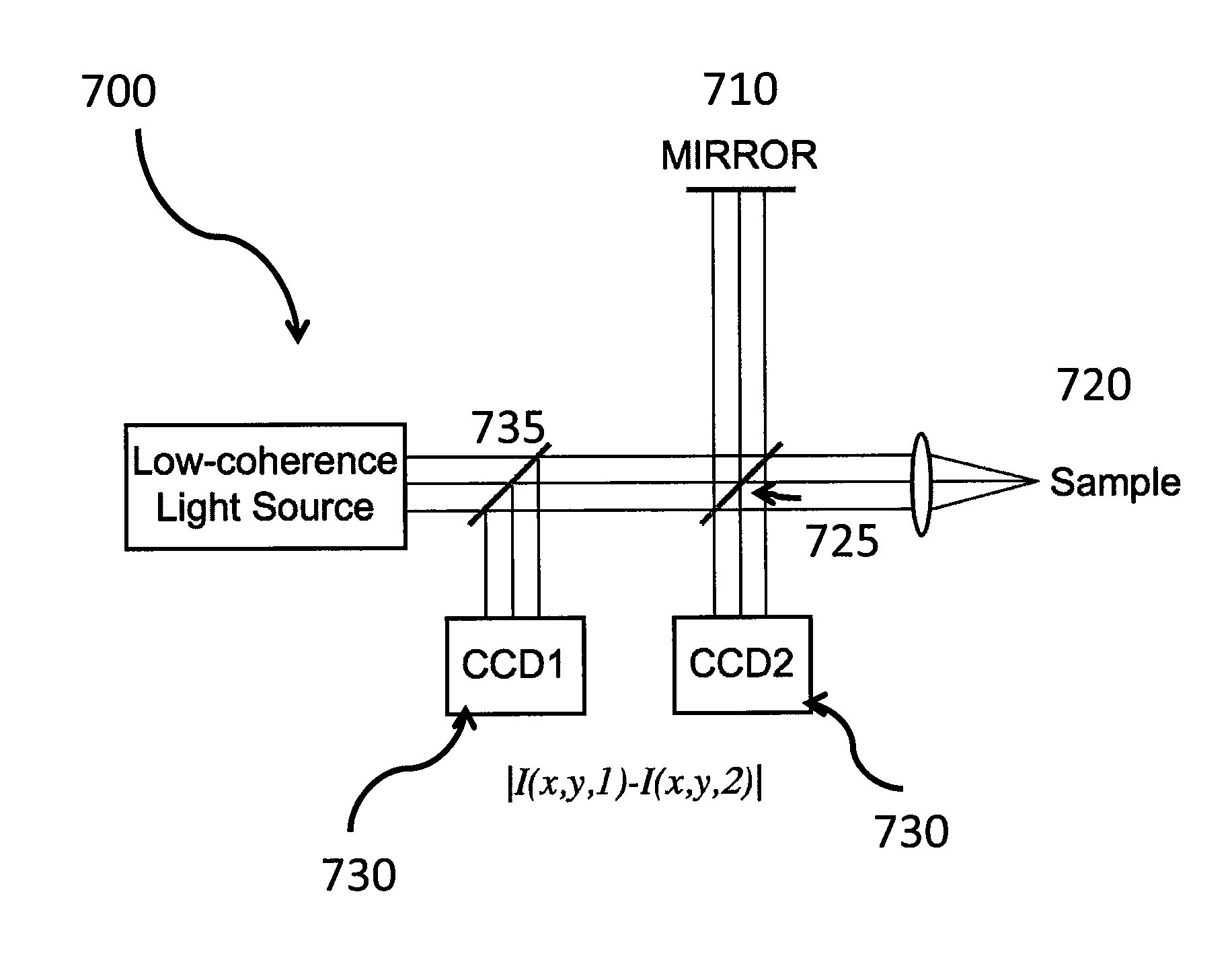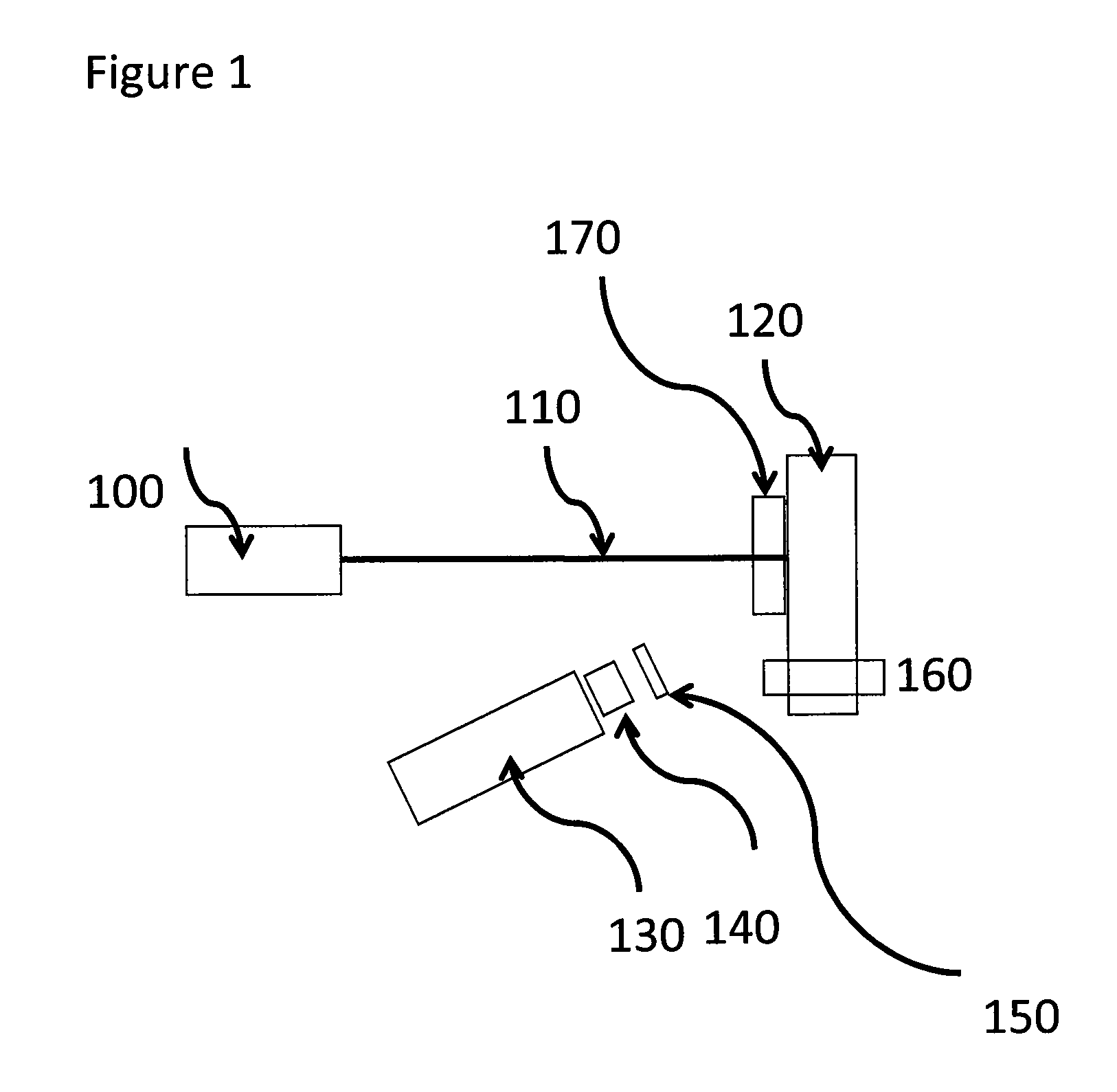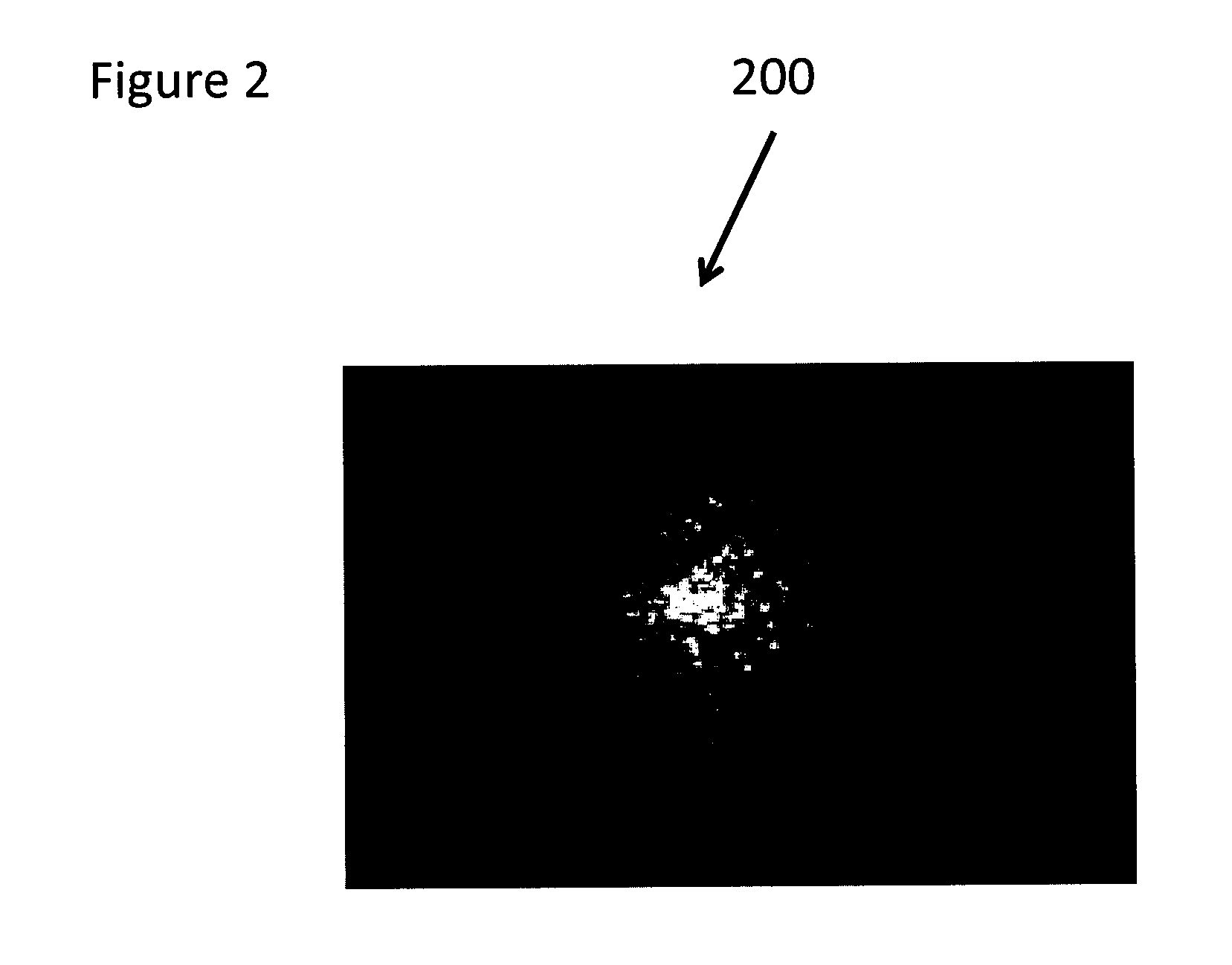System and method for providing noninvasive diagnosis of compartment syndrome using exemplary laser speckle imaging procedure
a laser speckle imaging and compartment syndrome technology, applied in the field of system and method for providing noninvasive diagnosis of compartment syndrome using exemplary laser speckle imaging procedure, can solve the problems of delayed diagnosis and intervention with disastrous outcomes, major cause of morbidity and limb loss, permanent damage to muscles and nerves, etc., and achieves low cost, simple interface, and high or low risk of compartment syndrome.
- Summary
- Abstract
- Description
- Claims
- Application Information
AI Technical Summary
Benefits of technology
Problems solved by technology
Method used
Image
Examples
Embodiment Construction
[0005]Exemplary objects of the present invention may include, but not limited to the detection of blood within compartments, detecting motion and blood flow below the skin, and validating (e.g., in humans at risk of compartment syndrome.
[0006]Detection of motion and blood flow within compartments The exemplary embodiments of the methods and systems according to the present invention described herein can be utilized to measure blood flow in fascial or abdominal compartments. A further exemplary embodiment can quantitatively determine the distributions of blood flow in compartments. An additional exemplary embodiment determines the presence, absence, or degree of capillary blood flow in compartments. Another exemplary embodiment can determine the pressure in fascial or abdominal compartments by measuring blood flow or Brownian motion or a combination thereof.
[0007]Detection of motion and blood flow below the skin An exemplary embodiment of the system and method according to the presen...
PUM
 Login to View More
Login to View More Abstract
Description
Claims
Application Information
 Login to View More
Login to View More - R&D
- Intellectual Property
- Life Sciences
- Materials
- Tech Scout
- Unparalleled Data Quality
- Higher Quality Content
- 60% Fewer Hallucinations
Browse by: Latest US Patents, China's latest patents, Technical Efficacy Thesaurus, Application Domain, Technology Topic, Popular Technical Reports.
© 2025 PatSnap. All rights reserved.Legal|Privacy policy|Modern Slavery Act Transparency Statement|Sitemap|About US| Contact US: help@patsnap.com



